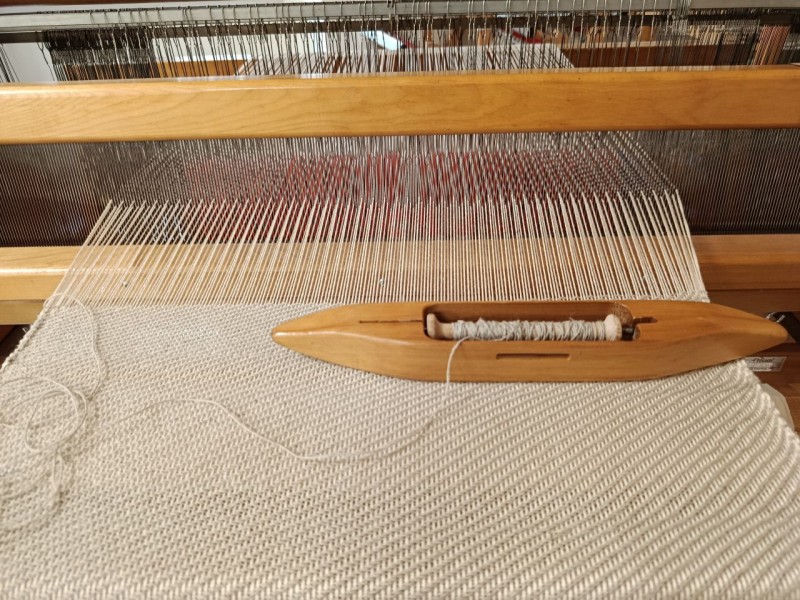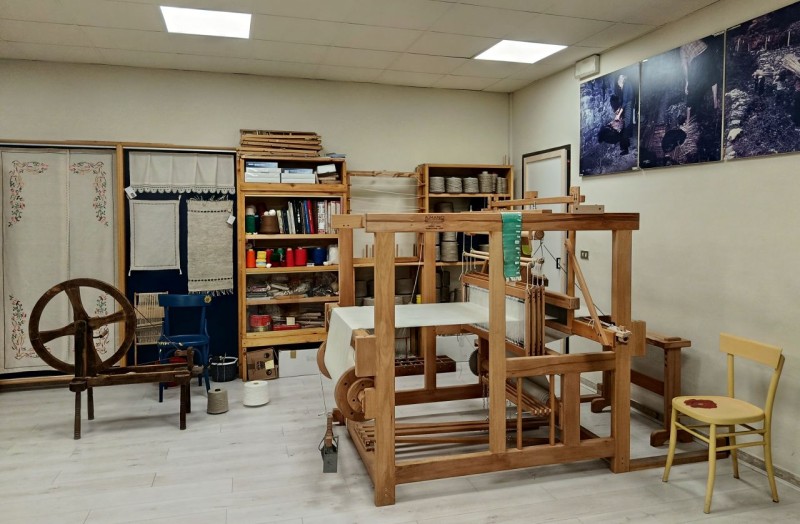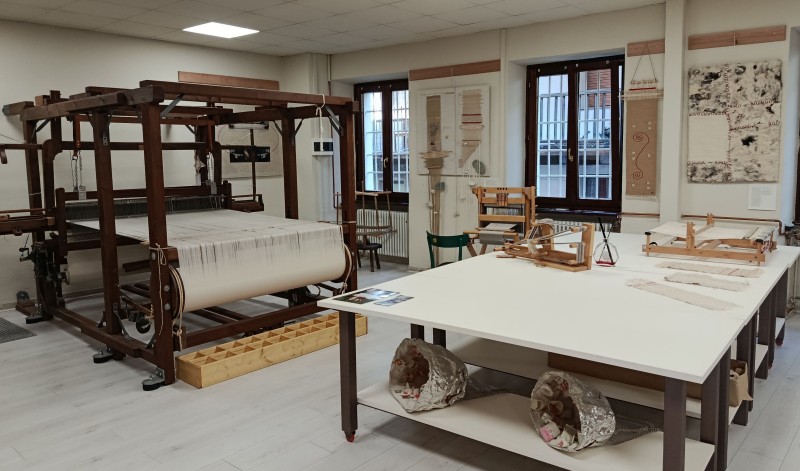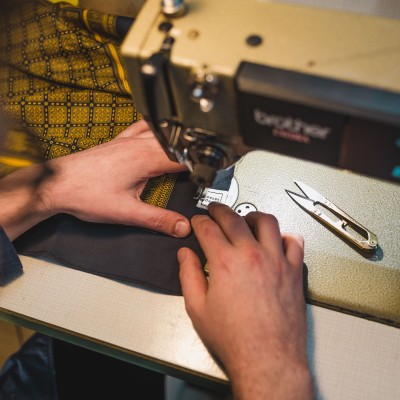Hemp, the stranger
In the Aosta Valley, its second life
29 settembre 2025
Hemp and linen were the raw materials — grown and processed locally — from which mountain communities once obtained textile fibers to make clothing, household linens, and work cloths.
From hemp (Cannabis sativa), widely cultivated near waterways in the Aosta Valley and throughout the Alpine region, a durable, wear-resistant yarn was produced through a series of processes (harvesting, retting, decortication, combing, spinning). Depending on its fineness or coarseness, this yarn was then woven to create garments.

Hemp weaving in the Aosta Valley was not only a historical tradition but also a complex artisanal process that began with the cultivation of hemp, sown in the fields of the lower valley and then subjected to retting and beating to separate the fibers, which were then spun into a coarse, durable yarn. The hemp, wound into balls, was then carried on the shoulders by the women themselves up to Champorcher, where it was woven and transformed into sheets, pillowcases, tablecloths, and shirts.
Hemp is green: compared to other materials, it requires much less water during cultivation (80% less than cotton), it is more productive than linen, and its structure contains many more lumens than other fibers — that is, a greater number of air channels — making it extremely insulating.
ChatGPT said:
The decision of the Lou Dzeut cooperative to use traditional looms in their work is not merely a matter of nostalgia or aesthetics, but a necessity to ensure that the fabrics retain the unique qualities that made them renowned: strength, durability, and an unmatched rustic beauty.
The women who still weave hemp today are the keepers of an ancient craft, celebrated through stories, historical images, and live demonstrations. These testimonies not only keep alive the memory of past generations but also inspire new ones to value and carry on this art.


To better convey the value of hemp in the local families’ economy in the past, an Ecomuseum has also been opened: it preserves an example of a loom, which was very simple, made of larch wood with cord heddles.
In traditional homes, the loom was placed in a corner next to the window, often in the barn, to make use of the limited space available. Weaving was generally done during winter evenings, and in spring, the newly woven cloth was washed. The washing was almost a ritual, culminating in the display of the fabric along the street, where it could be admired and evaluated by the community.
Let's stay in touch
News, previews, initiatives about the world of fashion, ApritiModa and its partners




